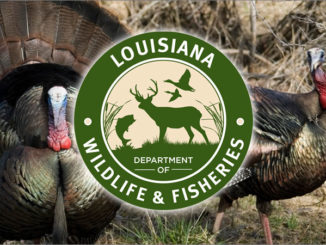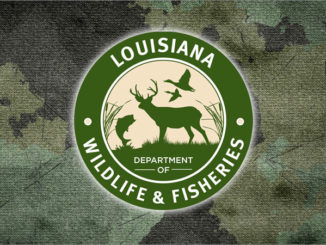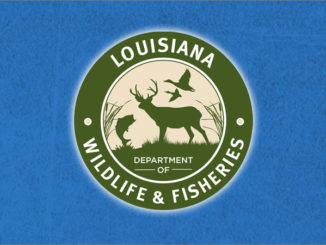
The central and southern regions of the state are reporting a rash of fish kills caused, in part, by the combination of soaring temperatures and storms, the Louisiana Department of Wildlife and Fisheries reports. The combination of conditions are causing hypoxia, or the depletion of oxygen in the water, which LDWF says will lead to more fish kills.
Here’s how the unhealthy condition occurs. High-temperature water has a low carrying capacity for dissolved oxygen, creating a delicate balance between oxygen-producing and oxygen-consuming aquatic life. When something alters that balance, the scales can tip in the wrong direction and cause a hypoxic (low oxygen) fish kill. Factors that can tip the scales in the wrong direction are stagnant water, rainfall, extended cloudy weather, decaying debris/vegetation, turbid runoff, and nutrient-laden runoff.
Besides creating potentially harmful runoff, thunderstorms with high winds and/or heavy rain can also result in the mixing of the hypoxic water and sediment in the bottom layer with the higher oxygen water in the top layer, dropping the oxygen levels for the entire water column to levels that some species may not be able to tolerate. Different species and sizes of fish have different tolerance levels for hypoxia, so sometimes fish kills only affect some sizes and species of fish while other sizes and species survive. Aeration of ponds, if possible, can help to alleviate hypoxic conditions and aid in the decomposition process after fish kills occur.
Heat- and storm-related fish kills have occurred in Louisiana since before recorded history, and the ecosystems have evolved to be resilient and bounce back from them. Decomposers and scavengers, including microbes, crawfish, crabs, fish, alligators, turtles, raccoons, and birds, will do their part in helping to clean up fish carcasses.
Many fish and aquatic organisms will find refuge from the hypoxic waters and live to take part in the boom year of reproduction that will surely follow since there will be fewer predators and more resources available by next spring.
While fish kills are shocking to experience and can appear devastating, they often lead to a rejuvenated system that is healthy and naturally replenished in the following years. LDWF Inland Fisheries biologists monitor and manage many waterbodies statewide and can recommend stocking following a storm if the need is warranted, but fisheries will normally recover naturally if we give them the time to do so. Therefore, stocking is usually not warranted unless it is some extremely unusual case.
For information on how to report a fish kill or more information about the causes of fish kills, visit our fish kill webpage.


